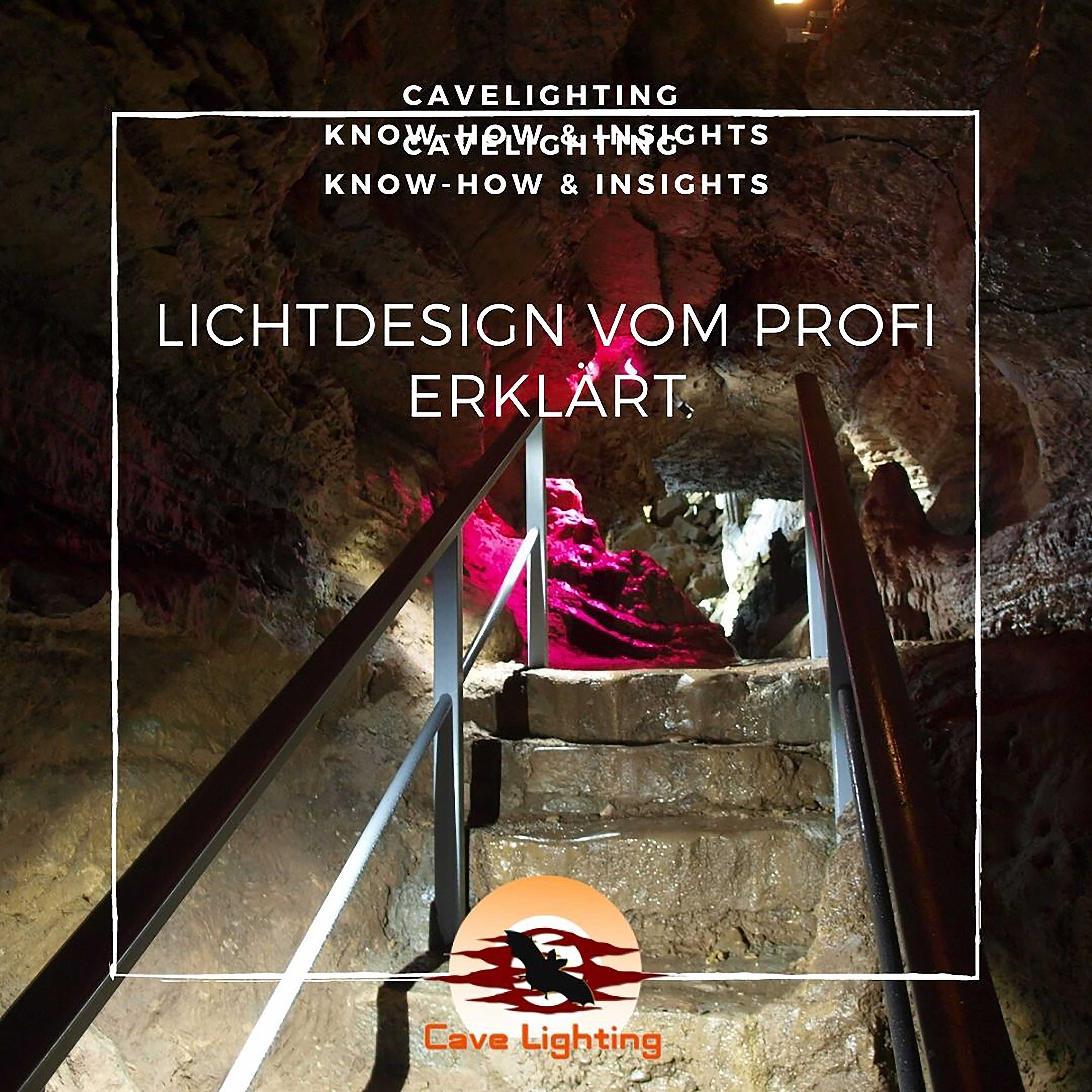
Cave Lighting – Know-How & Insights – Light design explained by a expert
Light design explained by a expert
I want you to imagine a scenario; You go into your kitchen for a midnight snack, you turn on the light, you stand at the counter top and reach for the bread, taking out a bread knife, you begin to cut that first delicious slice. But wait, have a look around your kitchen, can you see a shadow in front of you? Do you have to move to see the bread well? Is the room ridiculously bright? Have you just ‘woke your eyes up’? These are all major issues that we don’t really think about, we can take the conversation to your office and the same questions apply, I can bet, in your office it is illuminated by either 600x600mm LED tiles (or some similar variation thereof), or fluorescent tubes. Excellent, the space is illuminated, therefore it’s good lighting, right? Well, maybe not, I mean a 50 year old needs almost twice as much lighting as a 30 year old to perform the same task. So how can we blanket design, when we’re all different?
When we are lighting a cave there are two questions I ask; What am I lighting, and how will the audience see it. It’s the same two questions I ask when designing for theatre shows, houses, office spaces, and even my bedroom! Often we find ourselves lighting a space without much thought for the user, whereas we should be lighting for the user, without much thought to the space. Yesterday a colleague of mine asked me to look over a concept for a cave light show, my question was ‘are we using a light show to show the cave or are we using the cave to show a light show?’ It’s a tough question. By showing a light show within a cave you don’t detract from the cave, but it becomes the medium for the light show, the focus. However, using a light show to show the cave requires less reliance on what the music and lights are doing (the medium), and more on how they are showing off the rock and it’s textures, the focus. The approaches for both are very different, and consequently how the audience will perceive the space is dramatically different. Interestingly the same questions can be applied when designing your home. What are you there to watch? The kitchen or the bread? How will you interact with it and what do you want the lighting to do? Putting down lights in the middle of your kitchen is great to light the space and give a fair balance of lighting, but it doesn’t always give you the best lighting for the job at hand, nowadays we have waterproof LED tape and down lights the size of a pennies, so why do we still use the same principles of lighting the space, when we more need to focus on lighting for the task?
When we approach a light show it is important to connect all mediums used; music, light, formations present, etc. Similarly, when lighting your home it is important to recognise what is the need of the lighting; Task lighting, general lighting, night-time friendly lighting etc. It is easy to put some lights up and continue, you probably won’t even think it’s bad. But that doesn’t mean it’s the best it can be. Taking time to think about these questions can allow us to ensure any artificial lighting is harmonious to the user’s interaction. Next time you make a secret midnight sandwich just think about how much better it would be if the light was just enough to help you, without waking your eyes up.
